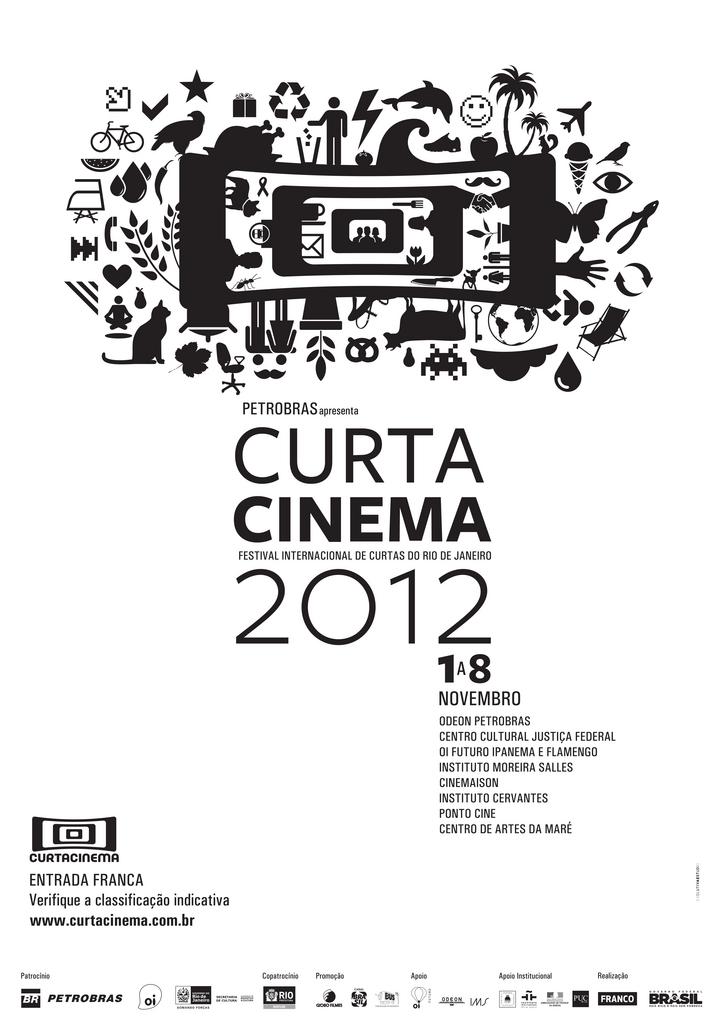Synopsis
The film exhibits a series of sculptures, masks and other traditional art from Sub-Saharan Africa. The images are frequently set to music and cut to the music's pace. The narrator focuses on the emotional qualities of the objects, and discusses the perception of African sculptures from a historical and contemporary European perspective. Only occasionally does the film provide the geographical origin, time period or other contextual information about the objects. The idea of a dead statue is explained as a statue which has lost its original significance and become reduced to a museum object, similarly to a dead person who can be found in history books. Interweaved with the objects are a few scenes of Africans performing traditional music and dances, as well as the death of a disemboweled gorilla.
Source : Wikipedia.
Credits
Production and distribution (1)
- Executive Producers : Présence Africaine, Tadié Cinéma
Full credits (5)
- Screenwriter : Chris Marker
- Director of Photography : Ghislain Cloquet
- Music Composer : Guy Bernard
- Sound Recordist : René Louge
- Narrator : Jean Négroni
Watch this movie
Watch Statues Also Die in VOD
| Platforms | Model | Price | Quality |
|---|
Sorry, your search returned no results.
| Platforms | Model | Price | Quality |
|---|
Sorry, your search returned no results.
| Platforms | Model | Price | Quality |
|---|
Sorry, your search returned no results.
| Platforms | Model | Price | Quality |
|---|
Sorry, your search returned no results.
Technical details
- Type : Short film
- Genres : Documentary
- Sub-genre : Historical
- Production language : French
- Production country : France
- Original French-language productions : Unspecified
- Nationality : 100% French (France)
- Production year : 1953
- Runtime : 29 min
- Visa number : 13848
- Visa issue date : 31/12/1957
- Audio format : Mono
News & awards
Selections (1)
Awards (1)
About
Statues Also Die (French: Les Statues meurent aussi) is a 1953 French essay film directed by Chris Marker and Alain Resnais, about historical African art and the effects colonialism has had on how it is perceived. The film won the 1954 Prix Jean Vigo. Because of its criticism of colonialism, the second half of the film was censored in France until the 1960s.
The film was commissioned to Marker and Alain Resnais by the journal Présence Africaine in 1950. According to Resnais, the original intent was not to make an anticolonial film, but only a film about African art. However when the filmmakers started to do research, they were struck by the fact that African art was exhibited at the ethnological Musée de l'Homme, and not the Louvre like art from elsewhere. As research continued, the disintegrating effects of colonialism became more prominent in the filmmakers' approach to the subject.
The film first premiered in 1953.[5] In 1954 it received the Prix Jean Vigo. Because of the sensitive subject, the sharp criticism of colonialism urged the French National Center of Cinematography to censor the second half of the film until 1963. The first time the full version was publicly screened in France was in November 1968, as part of a program with thematically related short films, under the label "Cinéma d'inquiétude". It premiered on DVD in 2004.
Source : Wikipedia.
Movies and programs to discover
MyFrenchShorts
Full movie to watch for free!
Changing Rooms, by Violette Gitton
César is 12 when his older sister Lou is sexually assaulted. In the changing rooms of the fencing classes he attends, everything is measured by the yardstick of violence. César would like to take part in every fight, but he doesn’t have the weapons.
























